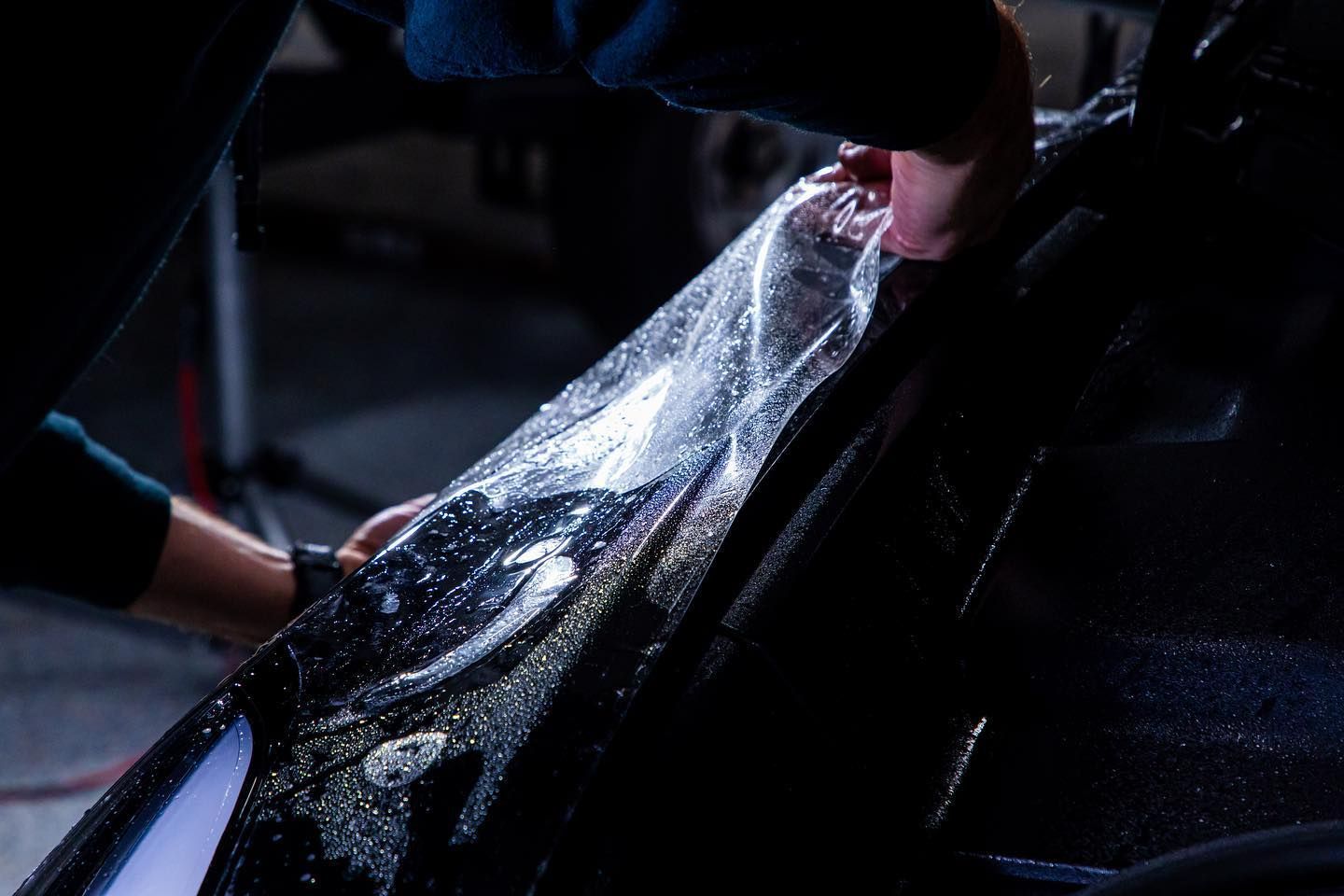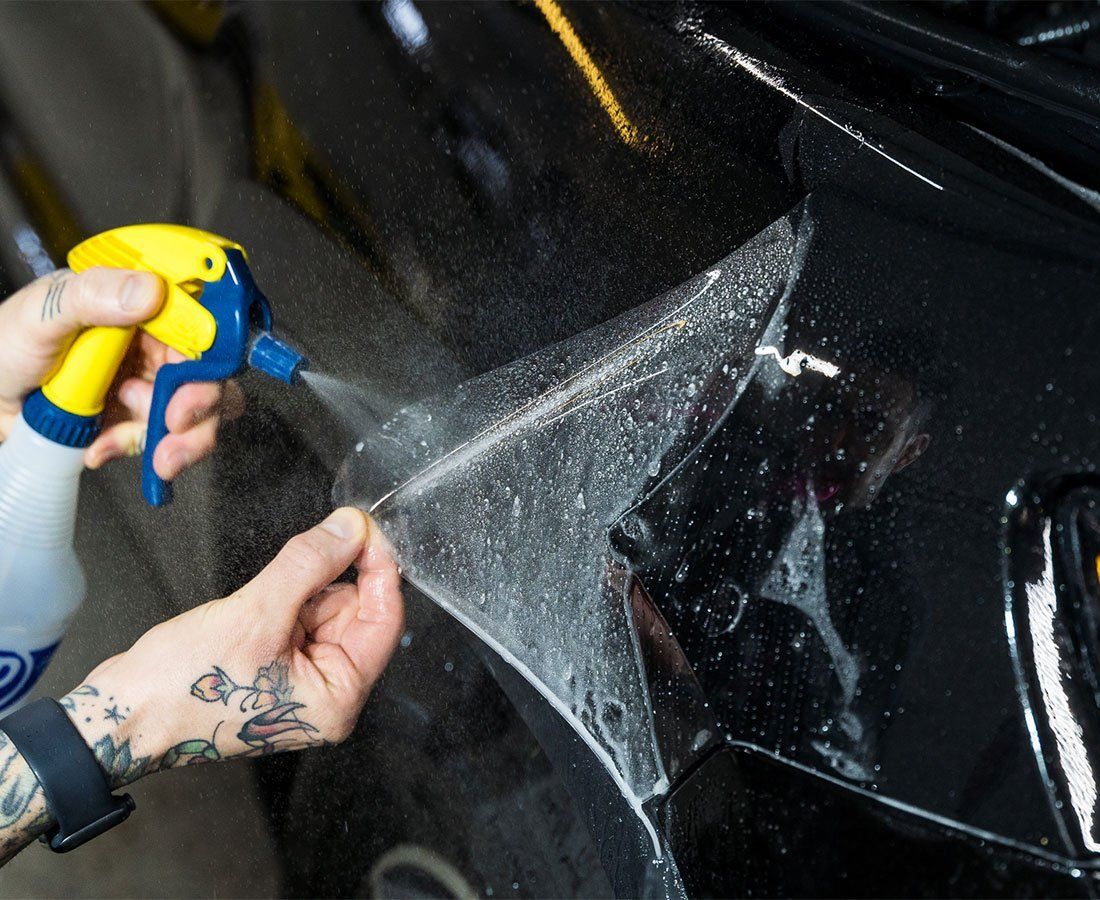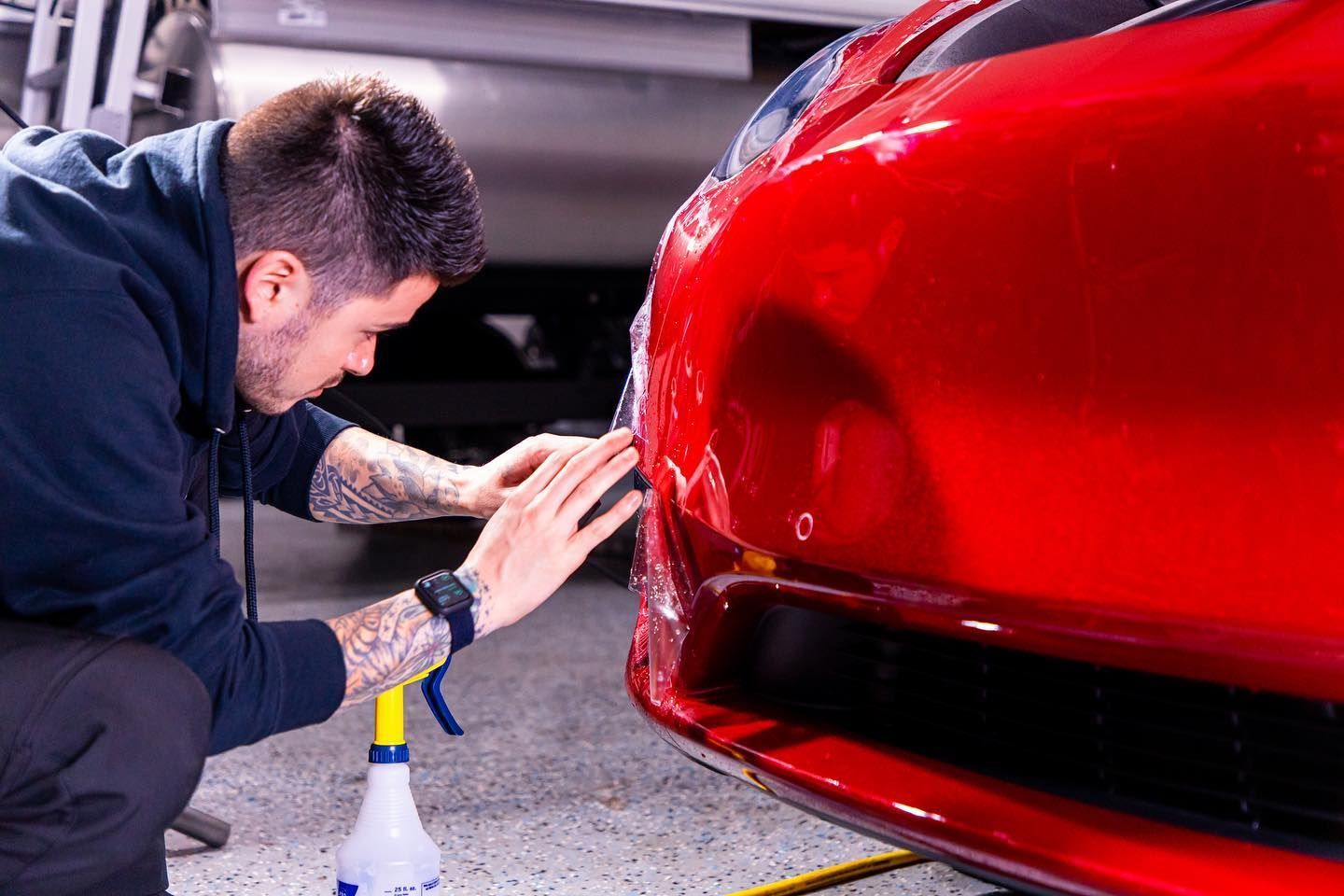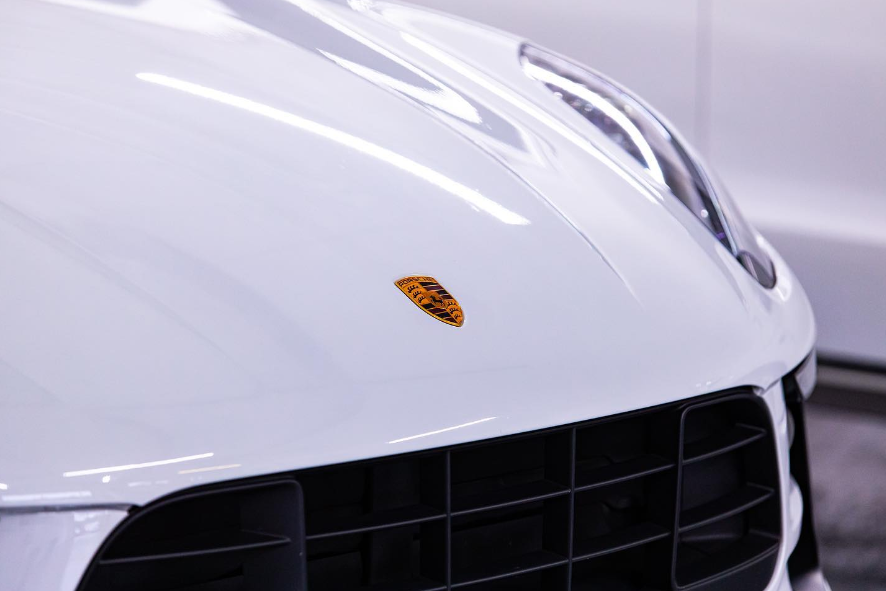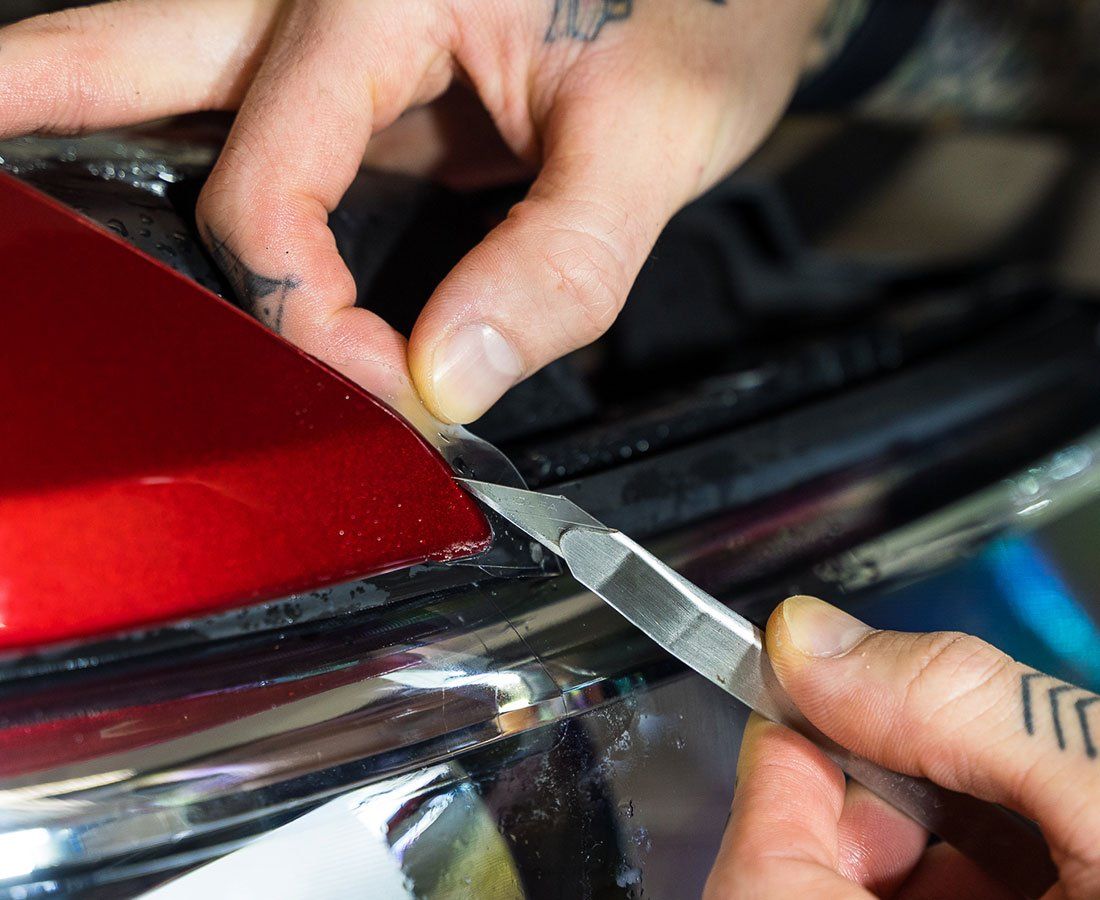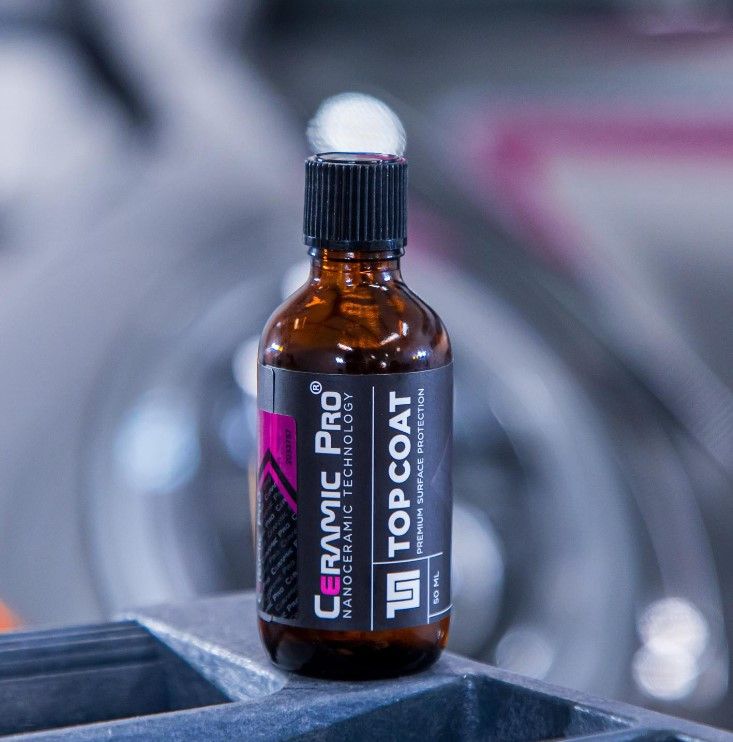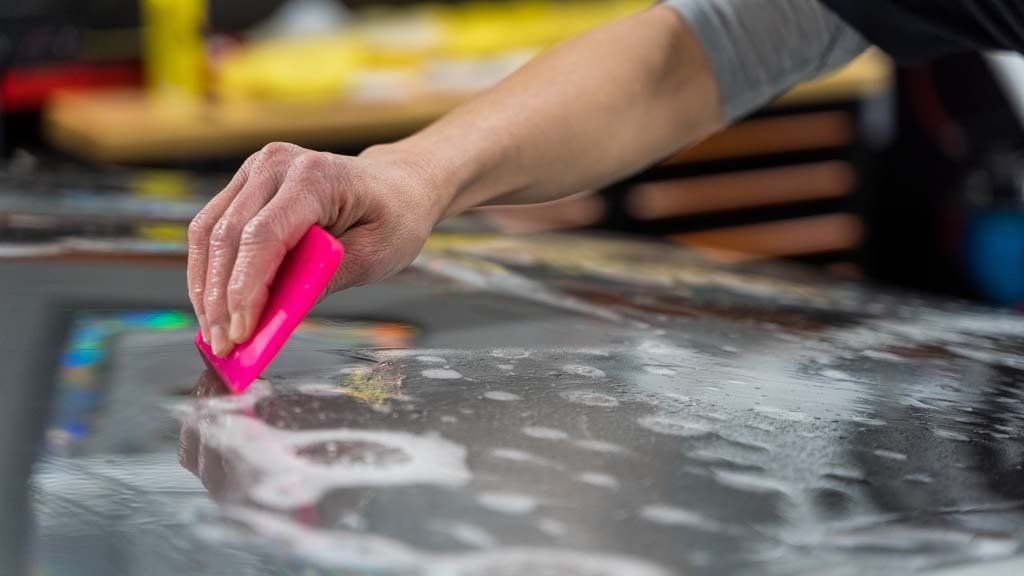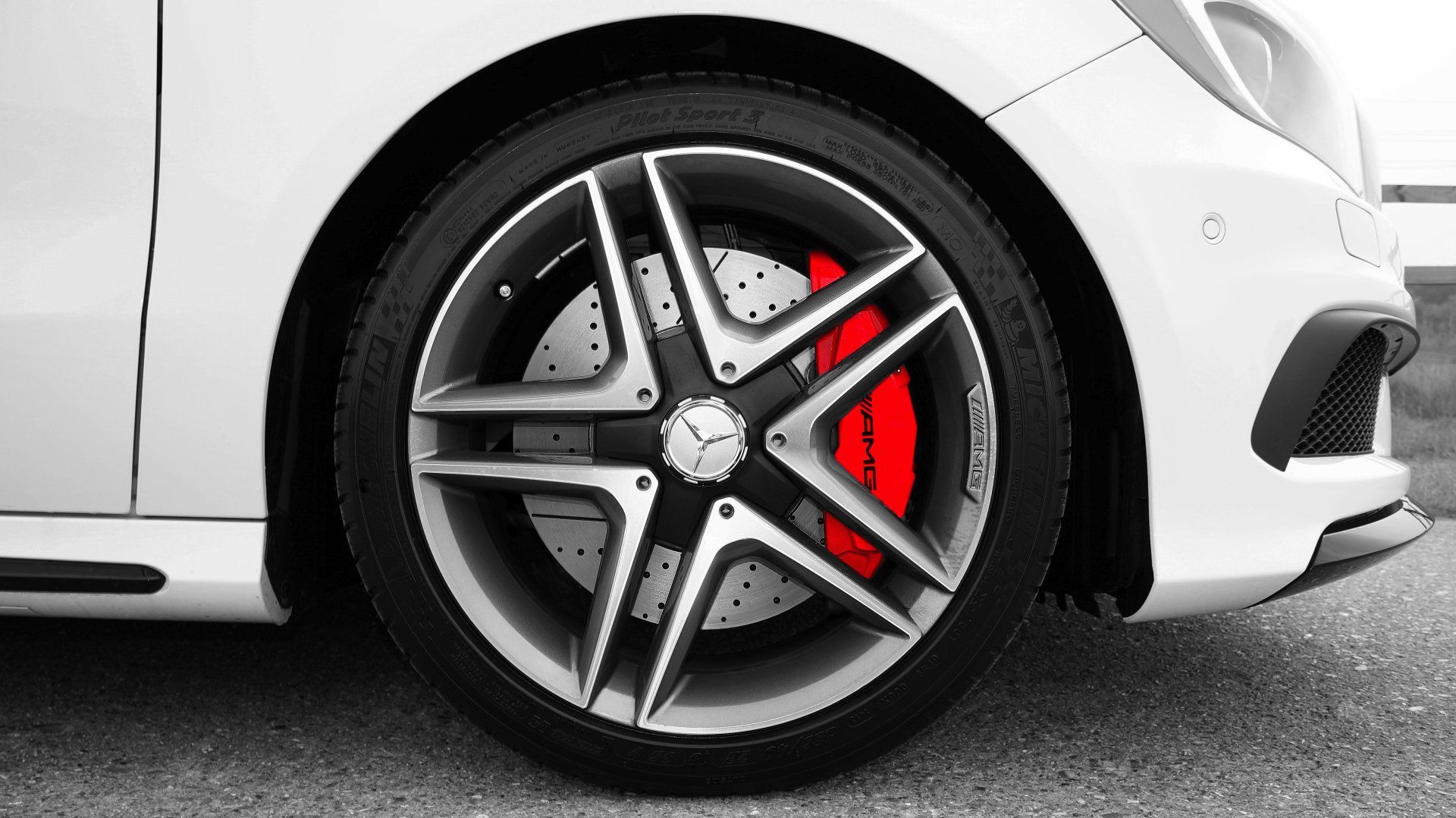Prolonging the Lifespan of Paint Protection Film : Essential Maintenance Tips and Techniques
CALL (253) 533-6776Maintaining your vehicle's paint protection film is more than just a task—it's crucial for ensuring your car looks pristine for years. Many car enthusiasts underestimate how pivotal regular, meticulous maintenance is for extending paint protection film's lifespan. You might not need pricey tools or treatments; instead, focusing on proper techniques can make all the difference.
To prolong the lifespan of your paint protection film, it is crucial to regularly wash the vehicle with a pH-neutral car shampoo and a soft cloth, properly dry the paint protection film to prevent water spots, and use a protective spray or sealant specifically formulated for PPF. Additionally, avoiding parking under trees to prevent damage from tree sap and bird droppings can help maintain the integrity of the paint protection film.
Cleaning Your Paint Protection Film
Keeping your paint protection film clean is vital for maintaining its protective function and extending its lifespan. Here are some key steps to follow when cleaning your paint protection film:
- Use pH-neutral car shampoo: To ensure the longevity of your paint protection film, it's essential to use a pH-neutral car shampoo. These shampoos are gentle on the film and won't strip away its protective coating. They help to lift dirt and grime without causing unnecessary wear on the film's surface. When cleaning, always apply the shampoo with a soft microfiber cloth to avoid damaging the film with abrasive materials. This step ensures that you're using a product that's specifically designed to safeguard the integrity of the paint protection film without compromising its protective properties.
- Rinse Thoroughly: After applying the shampoo, it's crucial to rinse the vehicle thoroughly with clean water. Leaving soap residue on the film can result in unsightly spots and weaken the protective layer over time. A thorough rinse removes all traces of the cleaning solution, leaving the paint protection film clean without any damaging residue. Rinsing thoroughly is essential in preventing any potential buildup of soap residue, which could compromise the integrity of the film.
- Dry with microfiber towels: Once the rinsing process is complete, it's important to pat dry the cleaned surface using microfiber towels. Microfiber towels are soft and highly absorbent, reducing the risk of scratches or abrasions during drying. This gentle approach to drying ensures that the paint protection film remains in optimal condition while preventing any potential damage that may occur with rough or abrasive materials.
Following these specific cleaning techniques enables you to maintain the pristine condition of your paint protection film while maximizing its lifespan and protective capabilities.
Inspect and Remove Debris
After cleaning your paint protection film, it's crucial to closely examine your vehicle's surface for any accumulated debris that could potentially harm the film. Regular visual inspections are essential to catch any harmful deposits like bird droppings, tree sap, or tar that might seem harmless at first but can gradually degrade the protective film over time. Imagine bird droppings as unsuspecting adversaries. Initially harmless, they can transform into acidic mixtures that slowly eat away at your paint protection film, leaving behind damaged patches. While some may view this level of attention to detail as excessive for vehicle maintenance, considering the cost and effort invested in applying PPF for long-term protection, regular inspections are a small price to pay to ensure its longevity.
Gentle removal techniques
When removing debris from your paint protection film, gentleness is key. Avoid using harsh chemicals or abrasive materials that might harm the delicate protective layer. Instead, opt for a high-quality detailer spray and a soft cloth specifically designed for use on automotive surfaces. Just like nurturing a delicate flower, gentle care is required when tending to your paint protection film. Use specialized tools and techniques to prevent damage during the cleaning process. For stubborn contaminants, consider using a PPF-safe bug and tar remover formulated to effectively remove tough residues without causing damage to the film. Patience is key when dealing with persistent debris; rushing or resorting to forceful tactics may lead to unintended scratches or lifting of the film edges.
Protect From Sun and Heat
When it comes to preserving the integrity of your paint protection film, safeguarding it from the sun's incessant rays and extreme heat is crucial. Engineered to shield your vehicle's paint against environmental factors, prolonged exposure to UV rays can expedite its deterioration, compromising its protective capabilities. UV rays can be especially damaging to the paint protection film; they can cause discoloration, hazing, and a breakdown in the adhesive that holds the film in place. This could compromise its protective capabilities, leaving your vehicle's paint vulnerable to damage.
Consider the effect of leaving a delicate painting in direct sunlight for extended periods—over time, the colors fade and the overall quality deteriorates. The same principle applies to paint protection film. Extended exposure to direct sunlight can result in premature aging and deterioration of the film. So, what can you do to shield your PPF from these harmful effects?
- Parking Strategies: When possible, park your vehicle in a shaded area or garage to minimize direct exposure to UV radiation. This simple step can significantly reduce the strain on your paint protection film by shielding it from the sun's damaging effects.
- Sunshades and Car Covers: In situations where shaded parking isn't available, investing in sunshades or car covers can offer an additional layer of protection. These accessories shield your vehicle from direct sunlight and excessive heat, thereby reducing the stress on your paint protection film. They also mitigate the impact of high temperatures on the film by keeping your car cooler, which contributes to its prolonged durability.
Regular Washing Routine
As we discuss the importance of maintaining the pristine condition of your paint protection film, incorporating a regular washing routine is a fundamental practice to uphold. The accumulation of dirt, grime, and contaminants can subtly degrade the quality of the film if left unattended. By scheduling weekly washes for your vehicle, you ensure that the paint protection film remains in prime condition. Regular washing not only preserves the visual appeal of your vehicle but also plays a crucial role in preventing dirt buildup and minimizing the risk of contaminants embedding into the film. This simple yet vital maintenance task serves as an effective preventive measure against potential damage that could compromise the protective capabilities of the paint protection film.
Consider what happens if you fail to do regular washing: Dirt and grime will start accumulating on the film, gradually diminishing its transparency and luster. Worse still, contaminant particles can become embedded in the film, causing damage and obstructing its protective function. By sticking to a consistent washing schedule, you actively protect your paint protection film's longevity and integrity. When it comes to choosing a method for cleaning your vehicle, opt for touchless or soft-touch car washes if you prefer automated cleaning. These methods offer effective cleaning without posing a risk of damaging the paint protection film. Conversely, it's important to avoid car washes with harsh brushes, as they can tarnish and compromise the protective layer of the film.
Avoid Abrasive Substances
When it comes to preserving the integrity of your paint protection film, one of the most crucial factors to consider is steering clear of harsh chemicals, polishes, and waxes. These seemingly harmless products can actually have detrimental effects on your protective film. Harsh chemicals contain compounds that can erode and degrade the protective layer of the paint protection film over time, diminishing its effectiveness in safeguarding your vehicle's paint. Waxes and polishes, although intended to enhance the shine and longevity of your vehicle's surface, can be counterproductive when applied to paint protection film. Their abrasive nature can cause micro-scratches and compromise the protective film, thereby reducing its ability to shield against external elements.
Professional Inspection and Care
Ensuring your paint protection film remains in optimal condition and extends its longevity involves professional inspection and care. While regular at-home maintenance is important, professional check-ups provide a deeper level of expertise that may uncover issues missed during routine cleaning. Properly trained detailing professionals possess the know-how to spot early signs of damage or wear on your paint protection film that may escape regular cleanings. They can identify issues like scratches, discoloration, or edge lifting before they worsen, saving you time, money, and potential headaches. Moreover, their specialized knowledge enables them to recommend and perform tailored maintenance techniques for optimal PPF performance.
Frequency of Professional Inspection
We recommend scheduling professional inspections every 6 months to identify potential issues early. This proactive approach allows for prompt maintenance, preventing minor problems from escalating into major concerns. Routine professional inspections maximize the benefits of your paint protection film investment. Investing in professional inspection and expert paint protection film maintenance services is essential for maximizing the longevity and protective capabilities of your paint protection film.
To ensure your paint protection film stands the test of time with professional care and maintenance, contact us at Lucent Auto Work or call us at (253) 533-6776.


